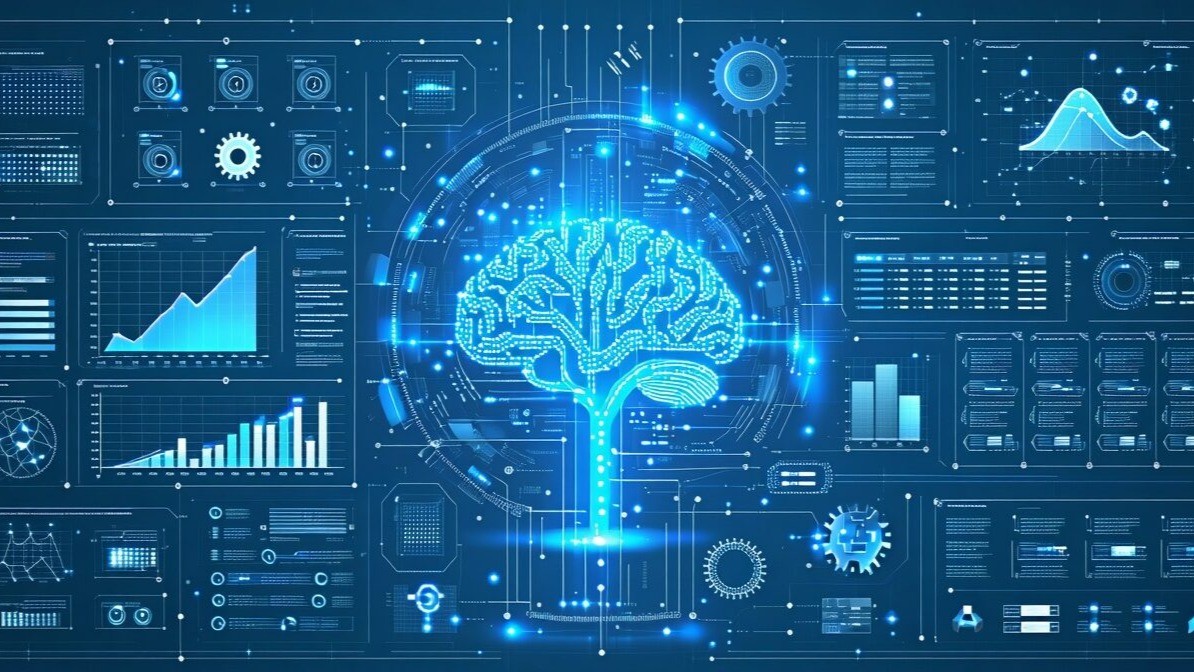Cloud integration is the process of connecting cloud-based systems, applications, and data with other cloud or on-premise systems. It ensures seamless data flow and coordinated operations across different platforms—enabling businesses to work smarter and faster.
As organizations adopt multiple cloud services (e.g., CRM, ERP, analytics tools), integrating them becomes critical to avoid data silos, duplication, and workflow disruptions.
Types of cloud integration:
-
Data Integration: Syncing data between platforms in real time or batches
-
Application Integration: Enabling apps to communicate and share functions via APIs
-
Hybrid Integration: Connecting cloud systems with legacy on-premise systems
Common tools and platforms include:
-
iPaaS (Integration Platform as a Service) solutions like MuleSoft, Dell Boomi, Zapier, and Microsoft Power Automate
-
Native integrations offered by AWS, Azure, and Google Cloud
Benefits of cloud integration:
-
Improved data accuracy and visibility
-
Streamlined workflows and automation
-
Faster decision-making through unified data
-
Better customer and employee experiences
In today’s multi-cloud, data-driven world, cloud integration isn’t optional—it’s essential. It breaks down silos and creates a connected ecosystem where systems talk, data flows, and businesses grow efficiently.



